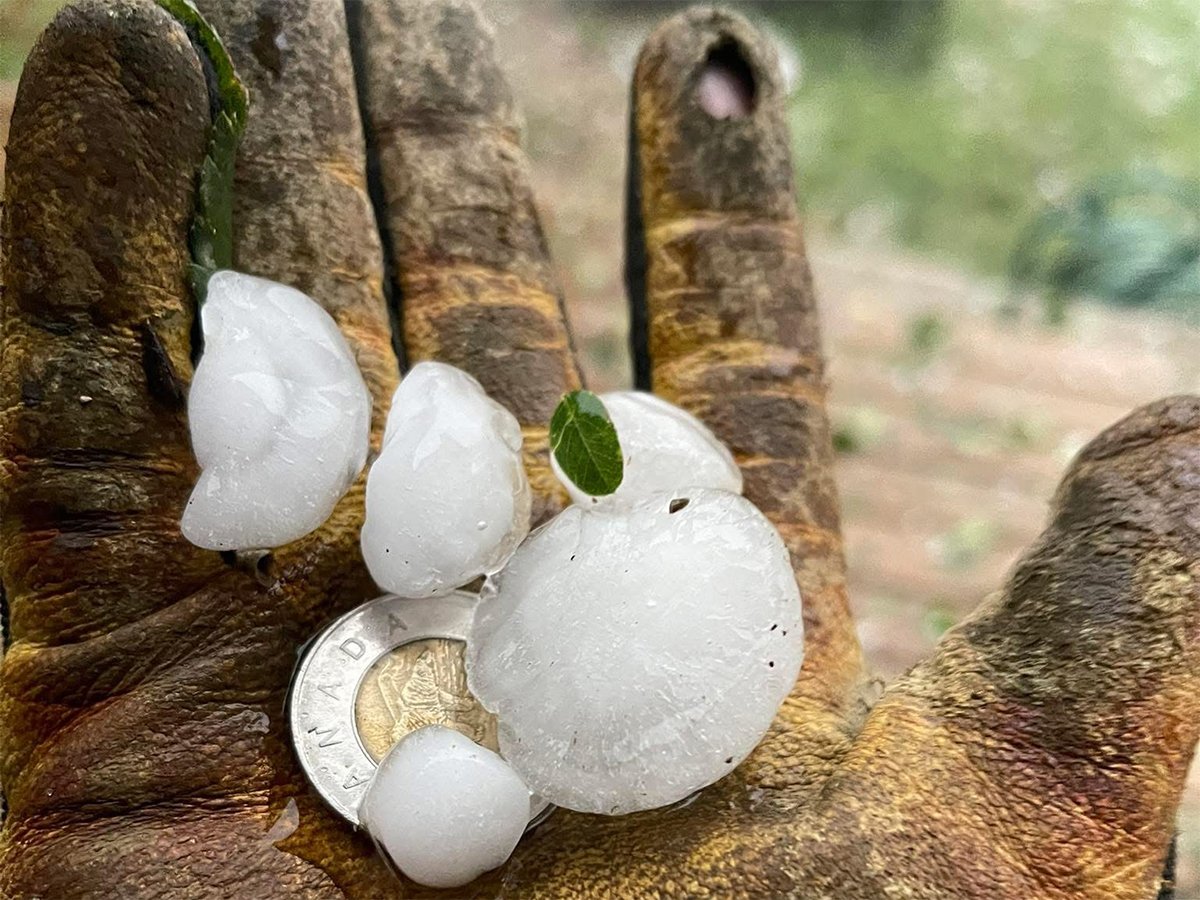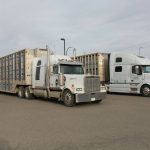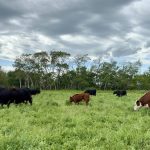Boom builders and boom buyers agree that bigger is better, especially in Texas where everything is super-sized.
However, Texan Ron Boyd argues that there may be times when one size smaller is better than one size larger.
Three months ago, the boom manufacturer and retailer introduced a return on investment calculator that accounts for 20 variables a farmer can factor in when considering what boom size to buy.
BoydAg is in the business of selling bigger spray booms to meet farmers’ demands and satisfy the general trend, but Boyd concedes that his new calculator sometimes bucks that trend and advises customers to consider a smaller boom.
Read Also

Half million acres of Alberta crops affected by massive hail storm
Late August hail storm catches farmers in prime harvest mode, damaging half million acres of crops in Alberta.
“Generally speaking, whenever you go to a bigger boom you’re more efficient, but that’s not always true,” Boyd said.
“There are times when that theory doesn’t work out. Not everybody farms in a location where they can run a bigger boom. I have customers in Iowa and up in Ontario and a lot of other places like that where 90 feet is all you can run.
“If you’re in one of those locations and you’ve got a 40 foot planter and a 90 foot boom, then our ROI calculator will tell you that you’ve got to down size to an 80 foot boom. You see, bigger isn’t always better.”
Boyd said the calculator is just a tool to help customers identify the right boom for them.
“We started sending the information entry forms out to farmers two or three months ago, and we’ve already returned several hundred completed recommendations,” he said.
“We’ve crunched numbers for canola, corn, soybeans, sunflowers, peas. Really, we can do any crop.”
He called some of his regular customers when building the modelling software to get their best estimates on how much damage occurred when sprayer tracks ran outside the planter tracks.
For example, he found that a late spray application in corn typically caused about a seven percent yield loss.
He continues collecting such information for the calculator and regularly updates with all current data for daily variables such as commodity prices and diesel costs.
All numbers err more on the conservative side, he added.
Boyd said the calculator’s recommendations make sense from a field perspective as well as from an investment approach.
If a customer has a 50 foot planter and wants to increase his 100 foot boom, the calculator will recommend two alternatives: stay at 100 feet to cover two planter widths or go all the way up to the T-series 150 foot boom to cover three planter widths.
The 120 and 132 foot booms may cost less but also forces operators to run the sprayer tracks outside the planter tracks, which reduces revenue.
For more information, contact Boyd at 512-757-5862 or visit www.boydag.com.















